It’s here at last. Leica’s much-rumoured SL2 is announced today and, as expected, is a solid upgrade to the original full-frame mirrorless camera and designed to widen the appeal of the camera, with particular emphasis on videography as well as stills photography with a huge array of lenses. In many respects, this is a wholly new camera which moves more towards the mainstream.
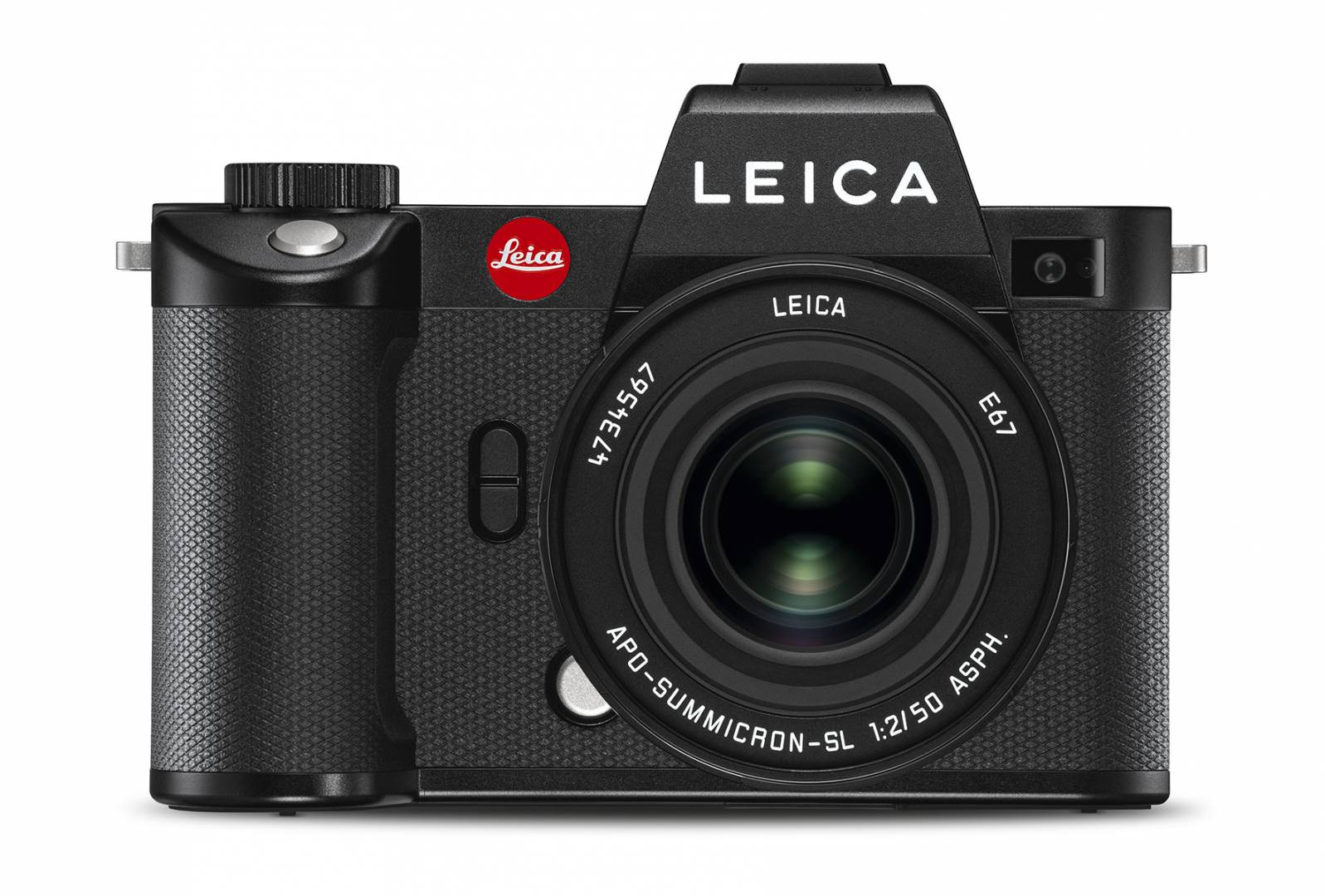
The SL2 was introduced at a press breakfast in the splendid Brasserie of Light at Selfridge’s department store, not far from Leica’s Duke Street HQ. Managing Director Jason Heward introduced the meeting and said that, despite the general downturn in the photographic industry, Leica was “bucking the trend”. The Leica Q2 is proving even more popular than the original and most Leica cameras are in short supply with customers waiting.
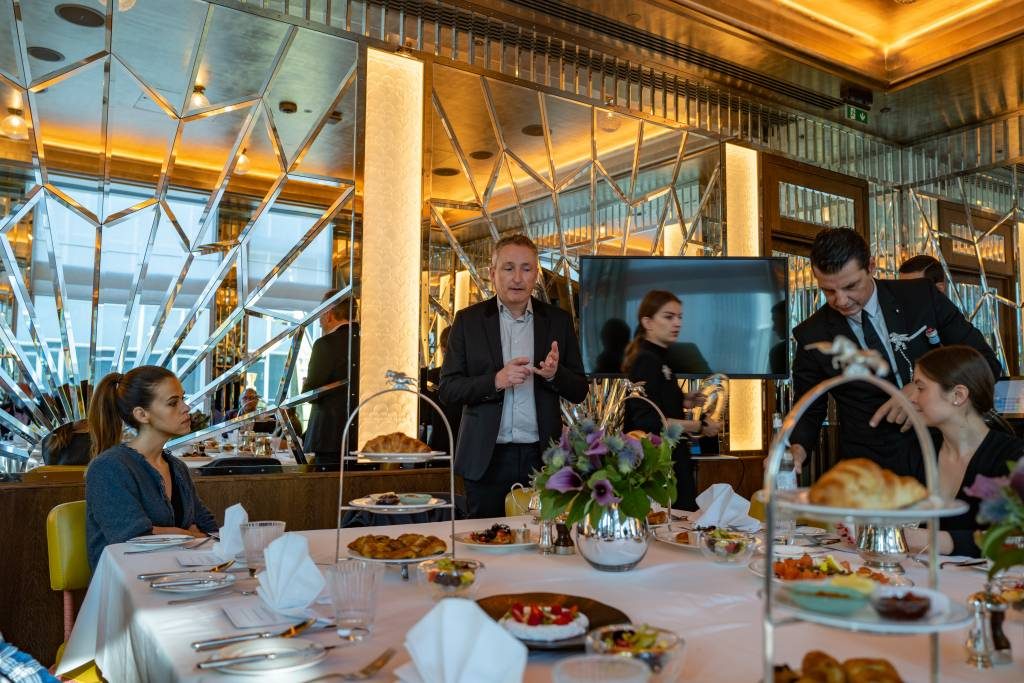
Hands on
We have seen leaked pictures already but when I got the SL2 in my hands at this morning’s press conference, I realised that it feels very different from the first model. The grip is better, for a start, and has an indent on the inside which offers more grasp to the fingers. It is still style over function compared with the more traditional DSLR lines of the Panasonics, but those who found the SL a bit too spartan will appreciate the changes.
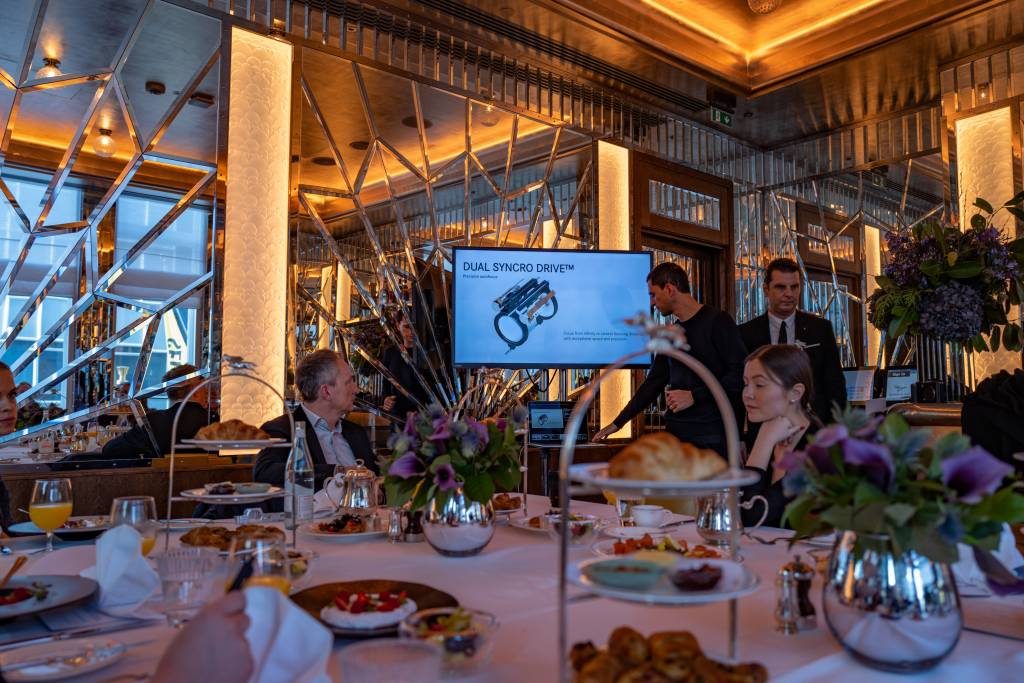
Another minor change is that the strap lugs now stand proud of the body rather than being recessed on the SL. I’m not a great fan of the DSLR-style slotted lug and prefer the standard eyelet lugs used by Panasonic on the S1. There have been very few straps made especially for the SL as a result.
However, I welcome the new external slots which might now make it possible to fit a split-ring-equipped strap if you wish, although the constant sliding could be an annoyance and a point of wear on the lug. On the other hand, I’ve already been told by one photographer friend that he much preferred the recessed slots of the SL. Can’t please everyone.
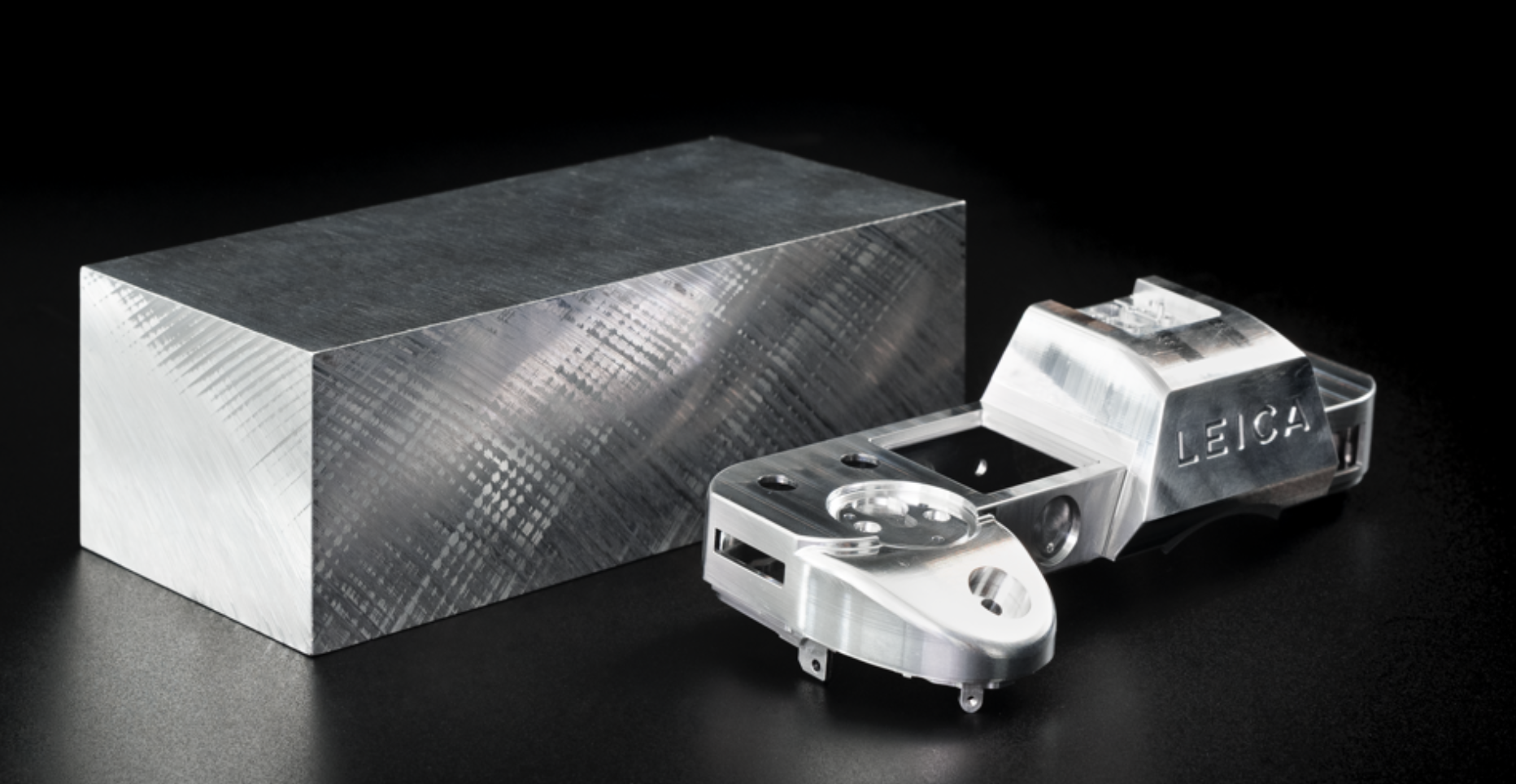
In one area, that of weight, the rumours were misleading. We had heard the SL2 would be lighter than the SL but it is actually 68g heavier at 928g (including battery and cards). Do not be seduced by the 835g quoted weight because no one uses a camera without a battery or without SD cards. Nonetheless, his is not a major issue and is probably unsurprising.
In comparison with the Panasonic S1 trio, happily, the SL2 is still nearly 100g lighter and that is an important factor. A ten-per
In any case, weight is often subjective. I felt that the Panasonic S1 was no heavier than the SL even though the statistics proved decisively otherwise. The way in which the camera feels as it sits in the hands is clearly an influencer when it comes to judging weight.
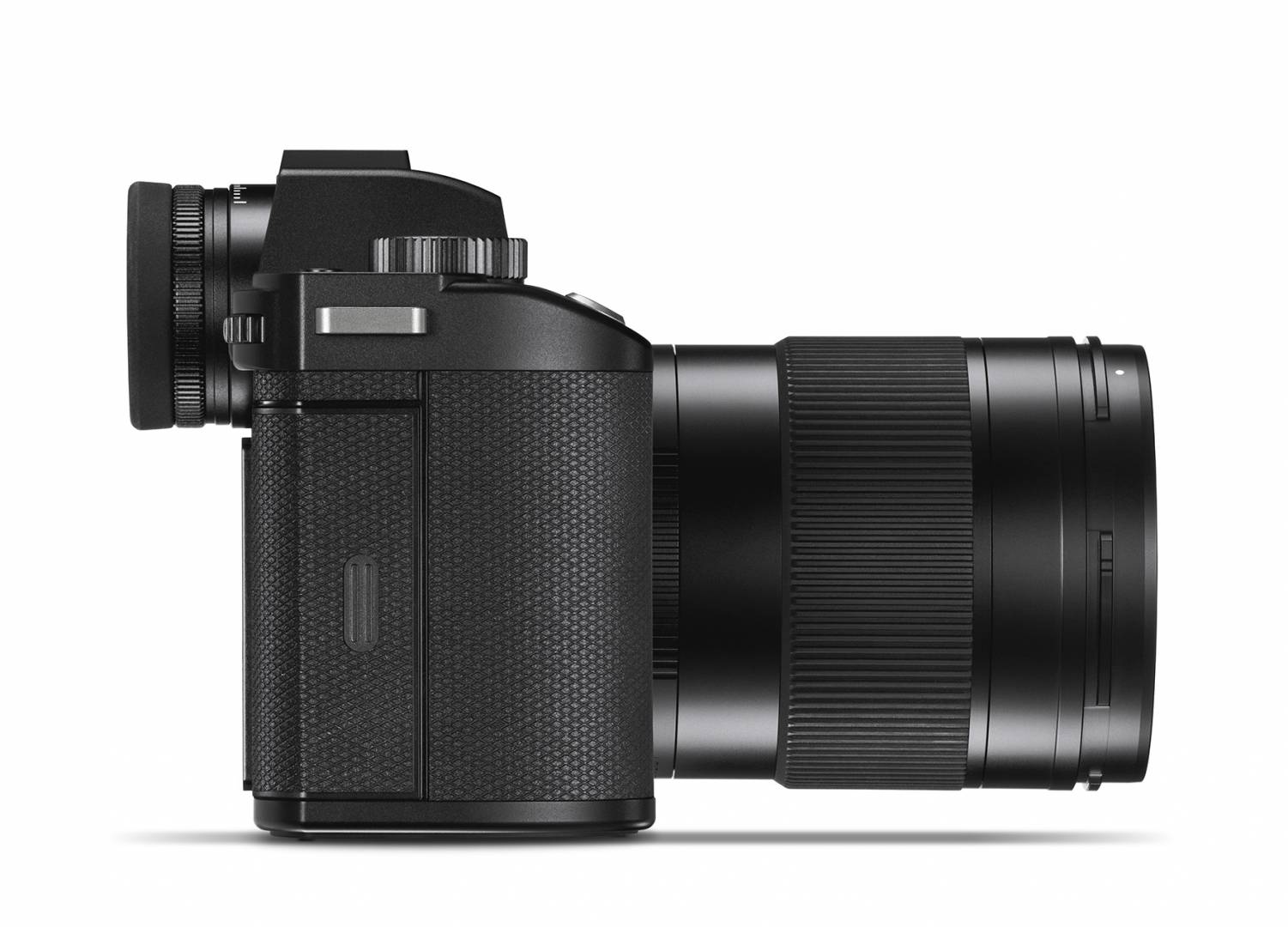
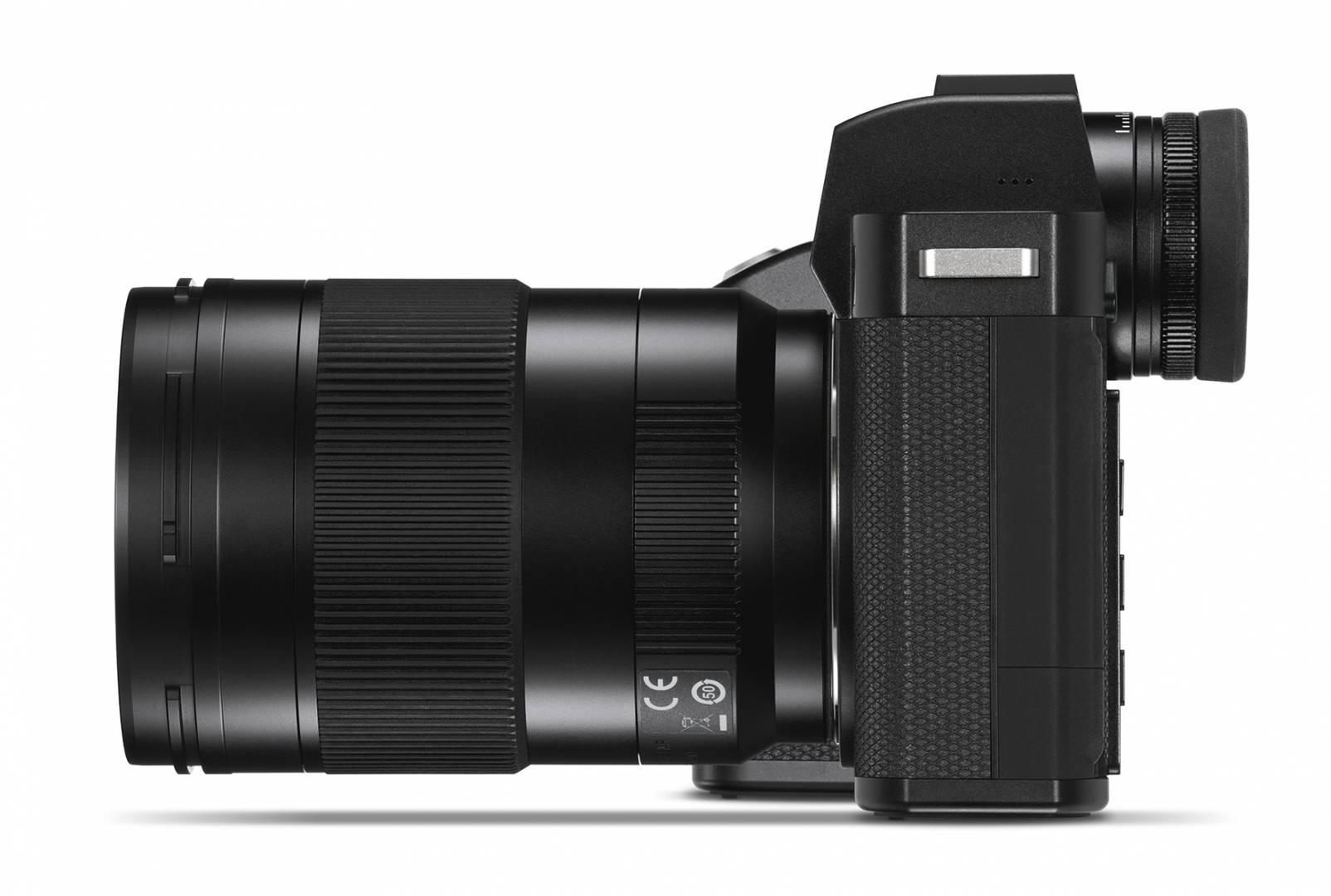
Considering the high degree of similarity between the SL2 and the Panasonics, this weight saving is some achievement for the Leica designers. The magnesium construction will have helped keep the weight down, no doubt. But the SL2 packs in a lot more technology, including the stabilisation system, and this also accounts for some of the extra weight.
As with its predecessor, the SL2 is dust and splash resistant but the protection has been improved to meet the latest standards.
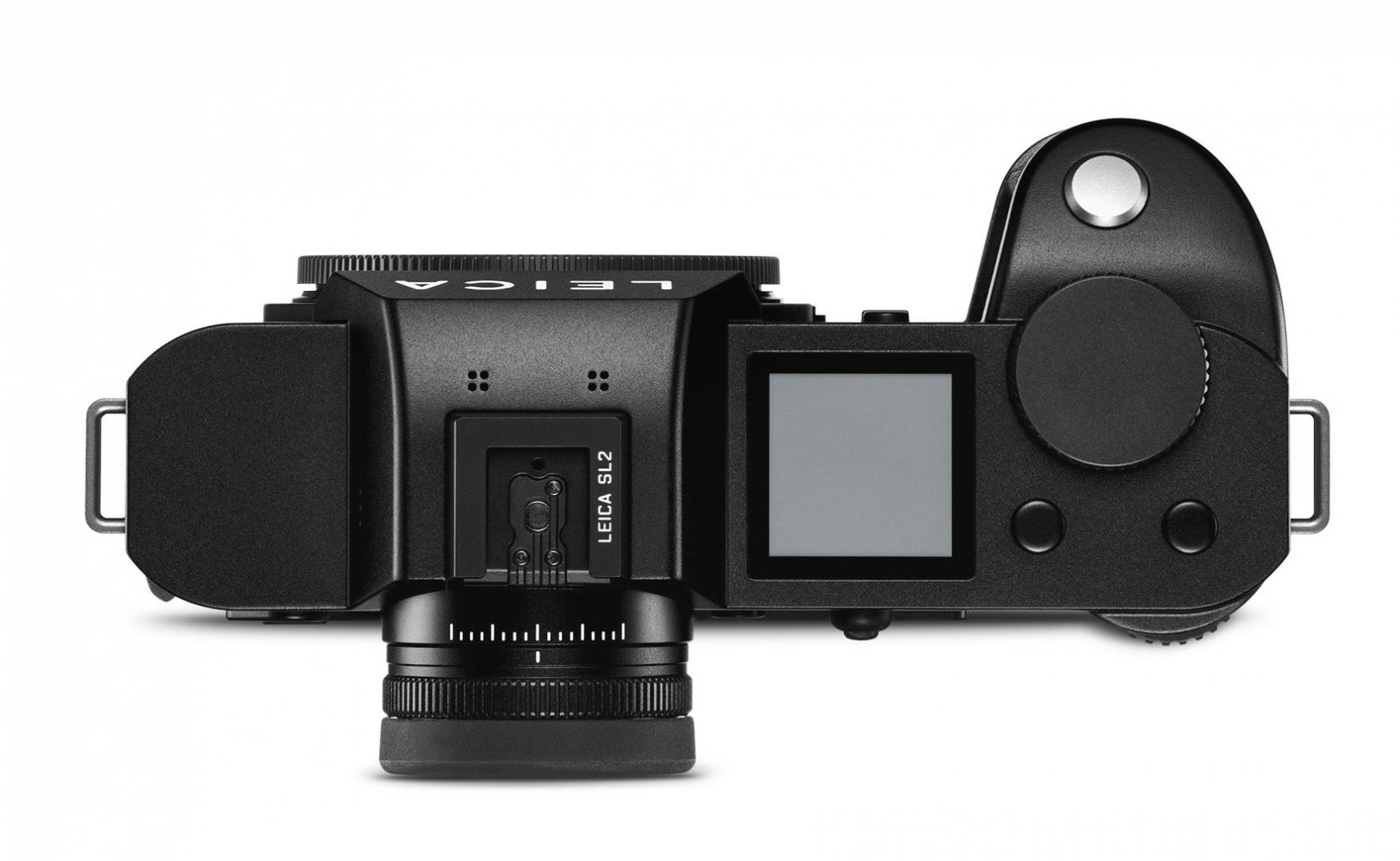
Sensor size
The SL2 features a 47.3MP sensor which I understand is a modified version of the device first seen in the Leica Q2. We can assume, as previously, that this sensor is tuned to work well with manual M lenses, something which competing manufacturers do not feel obliged to consider.
There is a light sensor on the body — “to allow Leica M lenses to deliver their legendary unparalleled quality”. I need to investigate this.
The camera packs an ISO range of between 50 and 50,000 with up to 14 stops of dynamic range and the upgraded Maestro III processor ensures faster operation.

The sensor brings higher image quality but it also means larger file sizes, the same as those from the Q2. A RAW file takes up 85MB of space and, if you add a jpeg, every press of the shutter occupies 100MB of storage. Not everyone will be happy with this
The croissant, taken with the SL2 and 50mm Summilux at f/1.4 And a crop of the pastry
I was curious to know why Leica hasn’t made two (or even three) SL2s to mimic the Panasonic S1, S1R or S1H. Panasonic clearly thought there is sufficient market to offer three models (including the video-centric S1H).
Leica has wisely decided to fuse the high points of Panasonic’s three cameras — including a brilliant video rendering — into one camera. This could be just what the confused consumer is looking for. With the Panasonic range, you must weigh up the pros and cons before deciding which model to buy. It can be
However, while many do find a problem with 47MP, others see the file size and associated processing speeds as a temporary irritation and one that is more than offset by the improvement in quality. One thing is for sure, the larger sensor creates new opportunities for cropping.
The SL together with the new 35mm f/2 Summicron will produce excellent results even when cropped to a 50mm equivalent. Similarly, a 50mm lens will double as a 75mm unless you demand ultimate resolution.
Video
This from Leica’s web site since I know not much about video: “In addition to its great appeal for photographers, the Leica SL2 speaks the language of cinematographers, as the camera is able to record up to 60 frames per second in Cine 4K mode, and up to 180 frames per second in Full-HD mode.
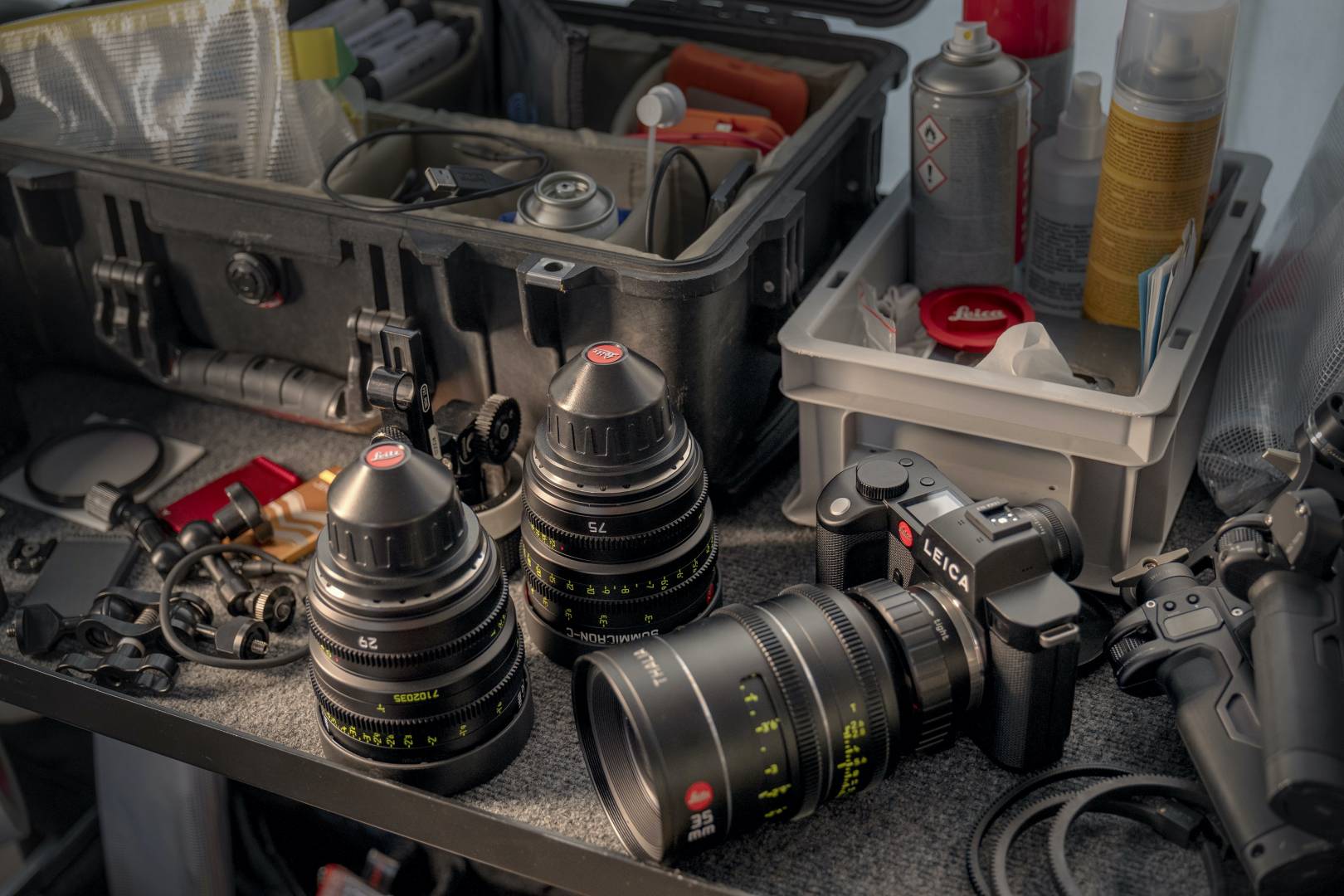
“Activating Cine mode transforms the SL2 into a manually controlled cine camera as ISO becomes ASA, the shutter speed is marked in degrees on the rotary disk shutter, and the f-stops indicating the aperture ratio are replaced by T-stops, which measure the actual amount of light transmitted through the lens.
“Connecting audio equipment to the Leica SL2 no longer requires the use of adapters, as the camera now features a built
Breakfast flowers, Leica SL2 and 50mm Summilux Crop from the above image
EVF supreme
The viewfinder is likely to be identical to the 5.76MP OLED finder in the Panasonic cameras. It compares well with the original SL’s 4.4MP finder which, at launch, was the world’s finest. A quick squint at this morning’s press launch in London confirms that this is a splendid finder and, to my eye, appears to be very similar to the unit I’ve used on the Panasonic S1.
Multi-axis in-body stabilisation, again presumably very similar (if not identical) to Panasonic’s system, also brings a much-requested feature to the SL2. It will vastly please owners of M and R lenses who like to use them on the SL range because of the benefits of the electronic viewfinder.
Leica
The rear screen has a resolution of 2.1 million dots up from 1.44 million on the SL.
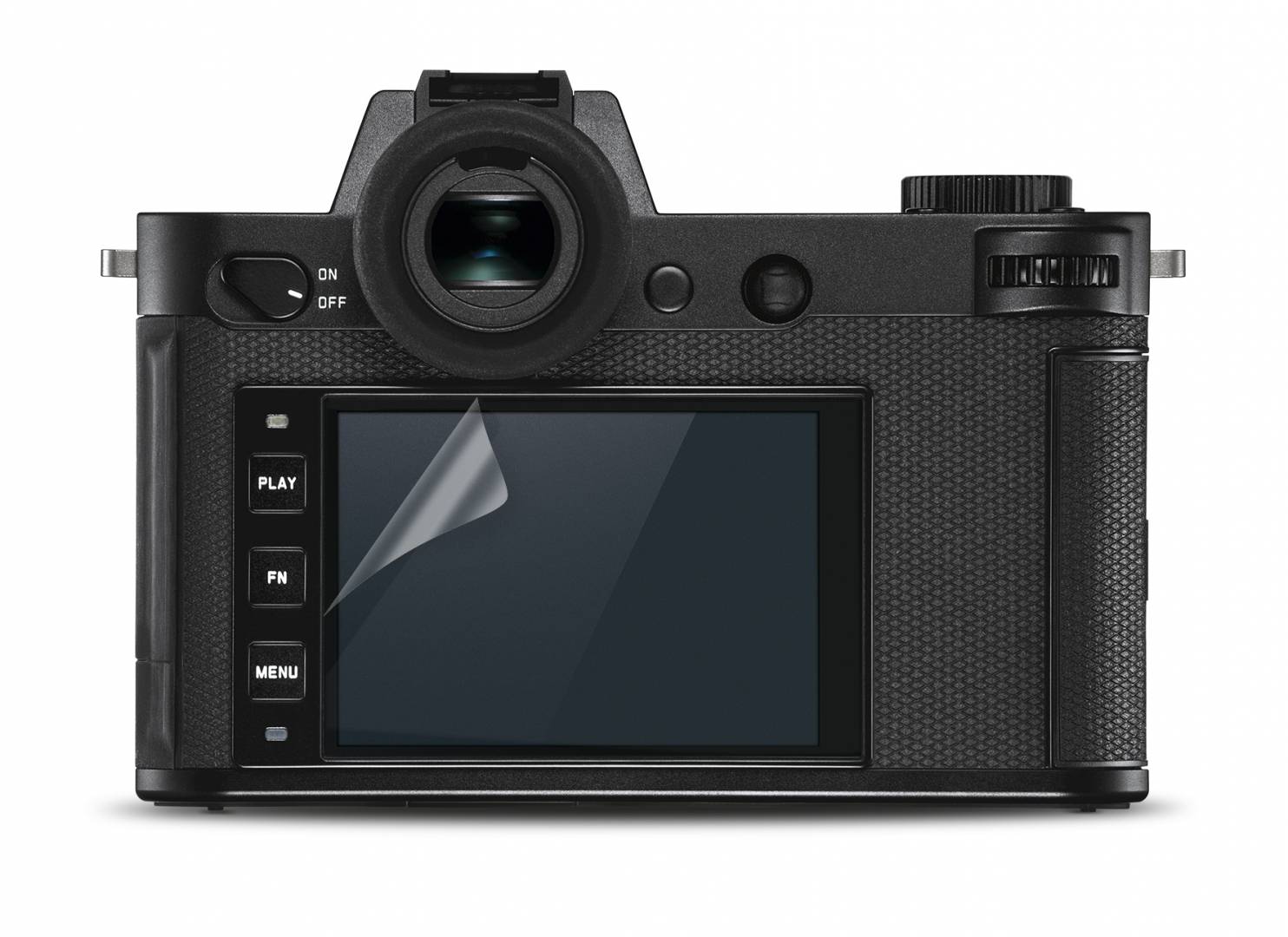
Controls
Existing SL owners may not be so pleased with the new control layout of the SL2. It now follows Leica’s established three-button design already seen on the Q2 and CL and which is similar to the layout on the M10.
The old SL layout, with the large square S-style buttons, undoubtedly had many fans. But it does make sense for Leica to standardise the control set across all models. The SL2, however, does get the retain joystick which first appeared on the SL but is not present on the CL or Q2.
I have no problems with the new layout. I am familiar with it on other cameras in the Leica range. This similarity of control must be an overall benefit and, despite the innovative approach taken by the old SL, I think Leica has done the right thing in moving to a common system.
TL and M lenses
One by-product of the 47.3MP sensor is that it makes the use of TL lenses much more viable. The full range of TL lenses can be used on the SL2 and all of them will create a 20.2MP image, not far short of the 24MP full-frame image of the SL (or of the TL and CL, for that matter).
With the advantage of in-body stabilisation, the SL2 opens the way to effective use of these lightweight but superb-quality crop-frame lenses. I suspect the two zooms, the 18-56mm and the 55-135mm will perform well, as will the excellent 50mm Summilux. It is a fraction of the weight (and cost) of its full-frame equivalent (used in the images in this article) and optically is almost its match.
IBIS will also enhance the use of M lenses with the SL2. Unlike any other manufacturer, Leica builds its mirrorless cameras (TL/CL/SL) to work harmoniously with all modern M glass. In the past, the use of M lenses on the SL has been very popular and the arrival of the SL2 can only add to the value for manual-lens owners.
The SL2 perfectly complements the two Noctilux lenses — 50mm and 75mm — in particular. They are often difficult to focus accurately (at the widest aperture) with the rangefinder and, as I know from personal experience, they work really well on the SL with its lifelike viewfinder.
Power matters
The continuance of the SL battery is another plus point. Although it is considerably smaller in capacity than the Panasonic S1 power pack (only 1850 mAh compared with 3050 mAh) the SL battery has the big advantage of being compatible with the Leica Q.
For anyone owning both cameras, this is
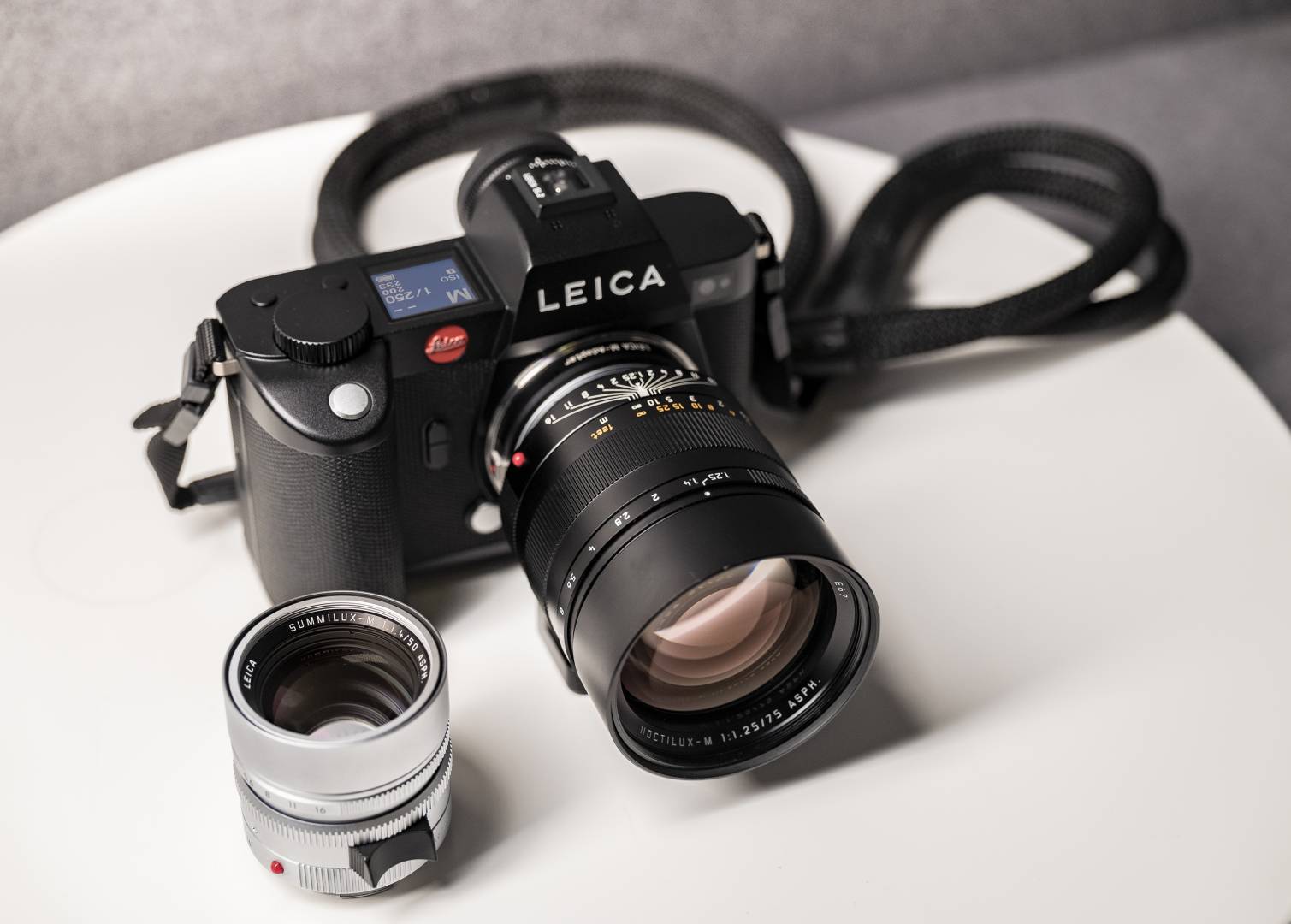
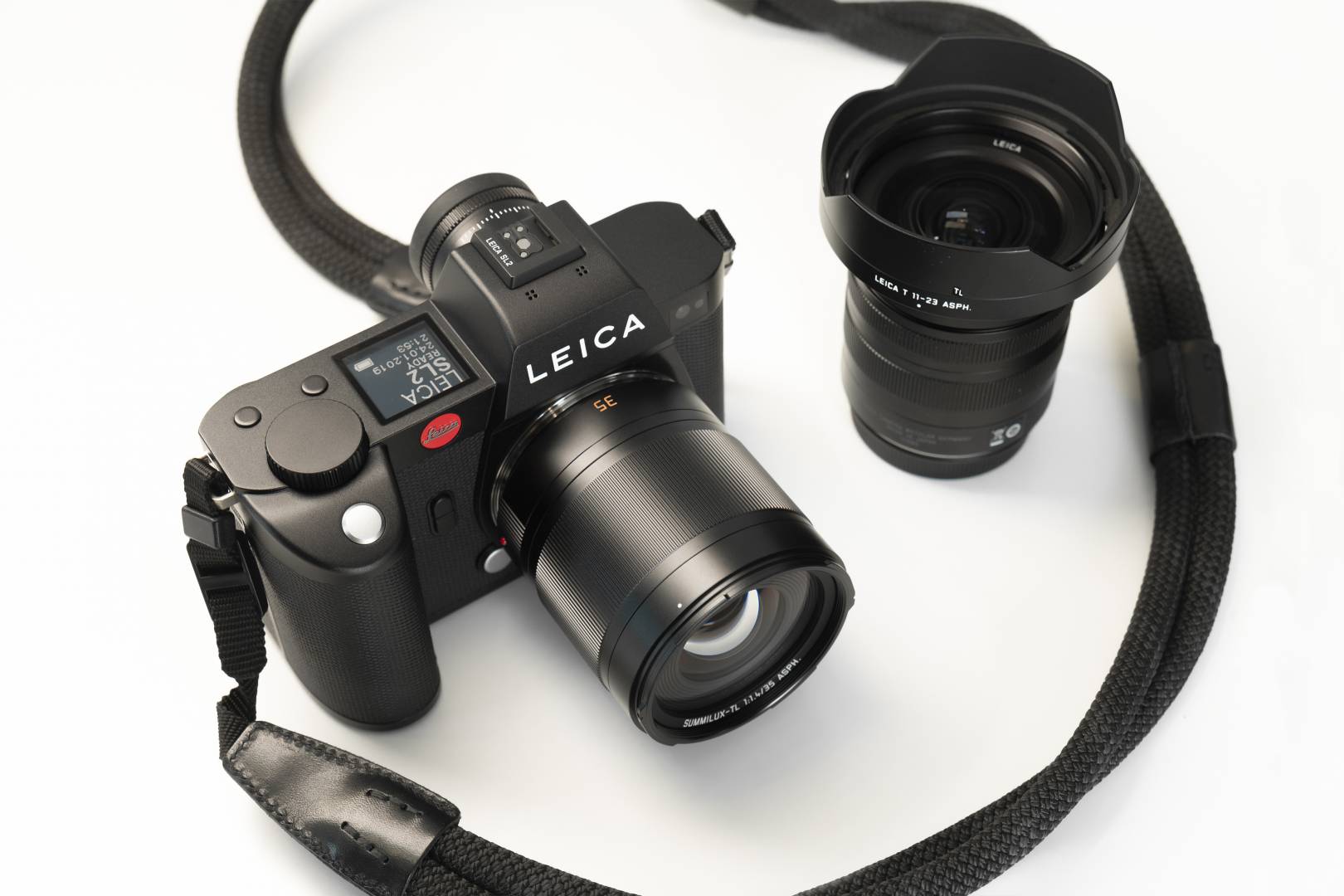
I am delighted to find that the SL2 is now equipped with high-speed USB-C in-camera charging. I am a total convert to in-camera charging and I hope we will find it in future generations of the CL and Q, although I suspect it will not come to the M.
Storage
The SL2 has two card slots as did the SL. But the Leica differs from Panasonic in sticking with two conventional SD standard instead of one slot being the XQD option. This doesn’t worry me too much. I didn’t buy one of the thicker, faster cards for the S1 because they are so expensive, so I managed with just one slot. The SL2 accepts UHS-II (recommended), UHS-I, SD/SDHC and SDXC memory cards.
All things considered, the SL2 is a solid upgrade to a great camera. In fact, it is almost a completely new camera. It includes a sufficient number of real improvements (particularly IBIS and the world’s best viewfinder) to make it a sensible upgrade for existing users. And it costs a couple of hundred pounds less than I had guessed. With cheaper high-quality lenses from both Sigma and Panasonic joining the party, the SL2 is at the heart of an impressively growing system.
The SL2 is available immediately from Leica retailers, including Red Dot Cameras, and will sell for £5,300 in the UK, including VAT (€5,999 in Europe and $5,995 in the USA).
Note that British and European prices include Value Added Tax, which is around 20%. The US price is before state tax.
Specification
Camera Type
Mirrorless full-frame system camera
Buffer Memory
4 GB: DNG: 78 recordings / JPG: > 100 recordings
Storage Medium
UHS-II (recommended), UHS-I, SD/SDHC/SDXC memory card
Material
Full-metal housing made of aluminum and magnesium, leatherette, cover, splash-water protected in compliance with IEC standard 60529 (protection type IP54).
Lens Mount
Leica L bayonet with contact strip for communication between lens and camera
Operating Conditions
14 to 104 Degree F (-10 to +40 Degree C)
Interfaces
ISO accessory shoe with additional control contacts, HDMI jack 2.0b Type A, USB 3.1 Gen1 Type C, Audio-Out 3.5 mm/Audio-In 3.5 mm, communication interface in the base cover for multifunction hand grip
Tripod Thread
A 1/4 DIN 4503 (1/4″) with stainless steel in the base
Sensor Size
CMOS sensor, pixel pitch: 4.3 microm / Fullframe (47.3 MP): 8368 x 5584 pixels / APS-C (20.2 MP): 5504 x 3664 pixels
Filter
RGB color filter, UV/IR filter, no low-pass filter
Processor
Leica Maestro series (Maestro III)
File Formats
Photo: DNG (raw data), DNG + JPG, JPG (DCF, Exif 2.31) Video: MP4: H.264/MPEG-4 AVC (Audio Format: 2ch 48 kHz/16 bit, AAC), MOV: H.264/MPEG-4 AVC (Audio Format: 2ch 48 kHz/16 bit, AC-3)
Picture Resolution
DNG: 8368 x 5584 pixels (46.7 MP) JPG: 8368 x 5584 pixels (46.7 MP), 6000 x 4000 pixels (24 MP), 4272 x 2848 pixels (12 MP)
Color Depth
DNG: 14 bit, JPG: 8 bit
Color Space
Picture: sRGB, ECI-RGB v2.0, Adobe RGB Video: Rec. 709/Rec. 2020 (HLG)/L-Log
File Size
DNG: 84.4 MB JPG: depending on resolution and image content Video: max. length: 29 min, max. file size: 96 GB
Recording Mode Video
Video mode: P – A – S – M / Cine mode: M
Video Resolution/Frame Rate
MOV 5K: 29.97 fps, 25 fps, 23.98 fps / MOV C4K: 59.94 fps, 50 fps, 29.97 fps, 25 fps, 24 fps / MOV 4K: 59.94 fps, 50 fps, 29.97 fps, 25 fps, 23.98 fps / MOV FHD: 180 fps, 150 fps, 120 fps, 100 fps, 59.94 fps, 50 fps, 29.97 fps, 25 fps, 23.98 fps / MP4 4 K: 59.94 fps, 50 fps, 29.97 fps, 25 fps, 23.98 fps / MP4 FHD: 180 fps, 150 fps, 120 fps, 100 fps, 59.94 fps, 50 fps, 29.97 fps, 25 fps, 23.98 fps
Bit Rate
8/10 bit for recordings on SD card, 10 bit via HDMI output
Video Gamma
Rec. 709, L-Log Rec. 2020, HLG Rec. 2020
Viewfinder (EVF)
Resolution: 5,760,000 dots, 120 fps, magnification: 0.78x, aspect ratio: 4:3, frame coverage: 100%, exit pupil position: 21 mm, setting range +2/-4 diopters, with eye sensor for automatic switchover between viewfinder and LCD panel, time delay 0.005 s
LCD Panel
3.2″ (backlight LED) with anti-fingerprint and anti-scratch coating, 2,100,000 pixels (dots), format 3:2, touch control available
Top Display
1.28″ highly reflective trans-reflective monochrome LCD, 128 x 128 pixels, viewing angle 120 Degree ; anti-fingerprint coating
Shutter Type
Electronically controlled focal plane shutter/electronic shutter
Shutter Speeds
Mech. shutter: 30 min to 1/8000 s / Electr. shutter function: 1 s to 1/40000 s / Flash Synch: up to 1/250 s
Shutter Button
Two-stage (1st stage: Activation of the camera electronics including autofocus and exposure metering, 2nd stage: Taking the picture)
Self-Timer
Delay time: 2 s or 12 s
Picture Series
Single Continuous Low Speed (3 fps), Continuous Medium Speed (6 fps), Continuous High Speed (10 fps without AFc/AE/WB), Continuous Super Speed (20 fps with electr. shutter function without AFc/AE/WB), Interval Shooting, Exposure Bracketing, Multishot
Multishot
Generates 2 DNGs: 1x 47 MP, 1x 187 MP (8 pictures are combined into one high-res image)
Working Range
30cm to infinity, With macro setting: from 17 cm
Focus Mode
Automatic (Autofocus in modes iAF/AFs/AFc/Touch AF) or manual. With manual setting: Auto Magnification and Focus Peaking optionally available as focus aids
Autofocus System
Based on contrast metering and depth mapping
Autofocus Modes
Smart AF (autonomously selects AFs and AFc), AFs (picture taken only after successful focusing), AFc (picture can be taken at any time), AF setting can be saved
Autofocus Metering Methods
Spot (can be shifted), Field (can be shifted), Multi-Field, Zone, Face detection, object Tracking, optional Touch AF
Autofocus Metering Fields 225
Exposure Metering
TTL (Through The Lens’ exposure metering)
Exposure Metering Methods
Spot, Center-Weighted, Multi-Field
Exposure Modes
Automatic program (P), Aperture priority (A): manual aperture setting, Shutter priority mode (S): manual shutter speed setting Manual (M): manual setting for shutter speed and aperture
Exposure Compensation
+/-3 EV in 1/3 EV increments or 1/2 EV increments
Automatic Bracketing
3 or 5 exposures, up to +/-3 EV, in 1/3 EV increments Shift function: up to +/-3 EV, additional LPG-HDR
ISO Sensitivity Range
Auto ISO: ISO 100 to ISO 50000, Manual: ISO 50 to ISO 50000
White Balance
Automatic (Auto), Daylight 5200 K, Cloudy 6000 K, Shadow 7000 K, Tungsten 3200 K, HMI 5600 K, Fluorescent Warm 4000 K, Fluorescent Cold 4500 K, Flash 5400 K, Gray Card Live View, Gray Card, Color Temperature 2000 K to 11500 K
Flash Unit Connector
About the accessory shoe
Flash Sync Time
1/2 50 s, slower shutter speeds available, automatic changeover to TTL linear flash mode with HSS-compatible Leica flash units if sync time is undercut
Flash Exposure Metering
Using center-weighted TTL pre-flash metering with Leica flash units (SF 26, 40, 40MkII, 58, 60, 64) or with system compatible flash units, flash remote control SF C1
Flash Exposure Compensation
SF 40: +/-2 EV in 1/2 EV increments, SF 60: +/-2 EV in 1/3 EV increments
Microphone
Stereo internal + microphone input 3.5 mm stereo jack
Speaker
Mono internal + headphones output 3.5 mm stereo jack
WLAN
The Leica FOTOS app is required to use the WLAN function. The Leica app is available from the Apple App Store or the Google Play Store. Compliant with Wi-Fi IEEE802.11b/g/n, 2.4 GHz, channel 1-11 (2412-2462 MHz) and Wi-Fi IEEE802.11ac, 2.4 GHz & 5 GHz, channel 39-48 (5180-5240 MHz), channel 52-64 (5260-5320 MHz), channel 100-140 (5500-5700 MHz) (standard WLAN protocol), encryption method: WLAN-compatible WPA/WPA2
Bluetooth
Bluetooth v4.2 (Bluetooth Low Energy (BLE)), 2402 to 2480 MHz
GPS
Via Leica FOTOS app
Menu Languages
English, German, French, Italian, Spanish, Russian, Japanese, Simplified Chinese, Traditional Chinese, Korean
Rechargeable Battery (Leica BP-SCL4)
Lithium-ion rechargeable battery, rated voltage: 7.2 V (DC); capacity: 1860 mAh (min.), approx. 370 recordings (based on CIPA standard, without EVF); charging time: approx. 140 min (after deep discharge); manufacturer: Panasonic Energy (Wuxi) Co. Ltd., Made in China
USB Power Supply
USB charger function in standby mode or when switched off, USB power supply when switched on
Charger (Leica BC-SCL4)
Input: AC 100-240 V, 50/60 Hz, 0.25 A, automatic switchover; Output: DC 8.4 V 0.85 A; Manufacturer: Salom Electric (Xiamen) Co., Ltd., Made in China
Dimensions (W x H x D) 146 x 107 x 42mm
Weight
Approx. 835g (without battery) (Note: 928g with battery and SD cards)
(This via Nokishita and Leica Rumors but will be updated)


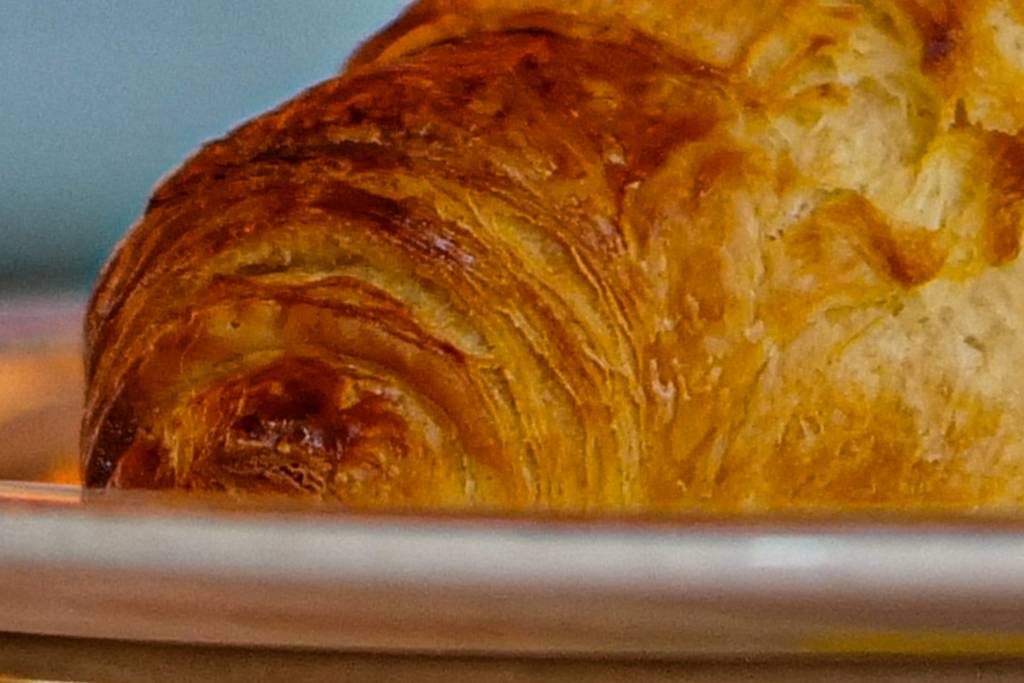
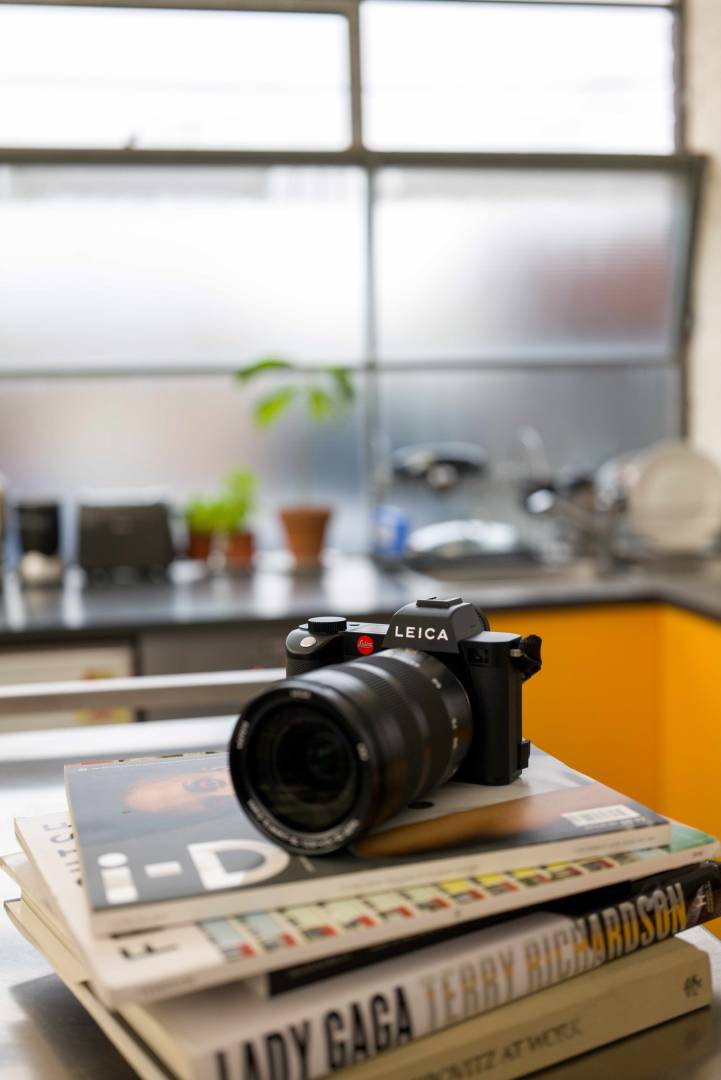
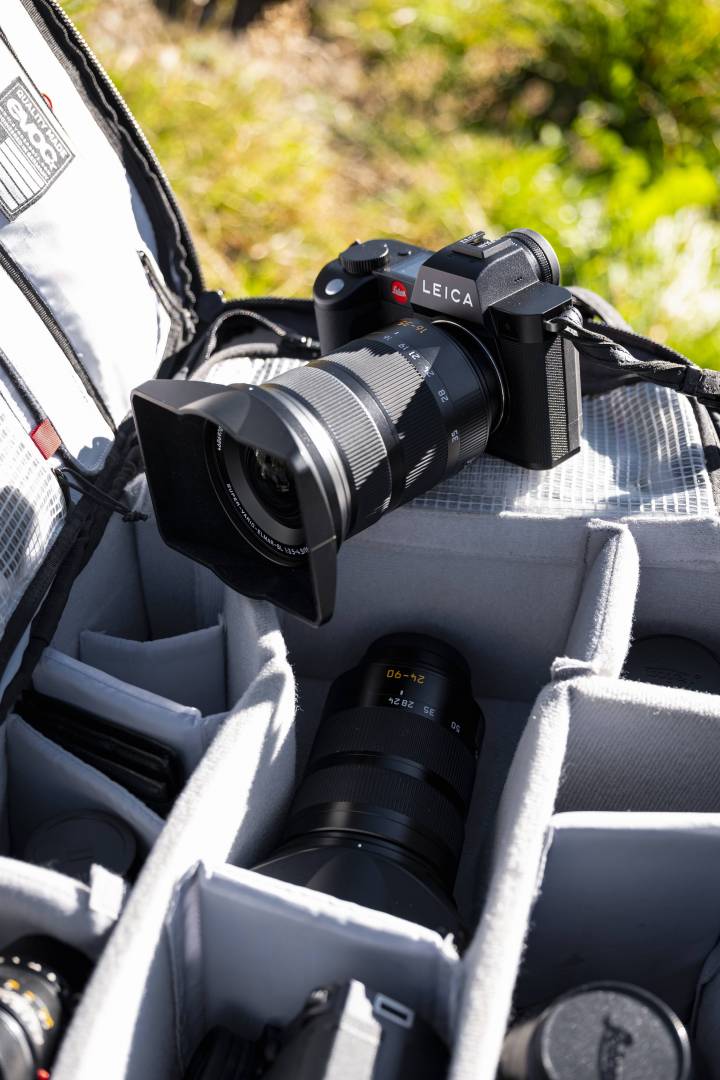

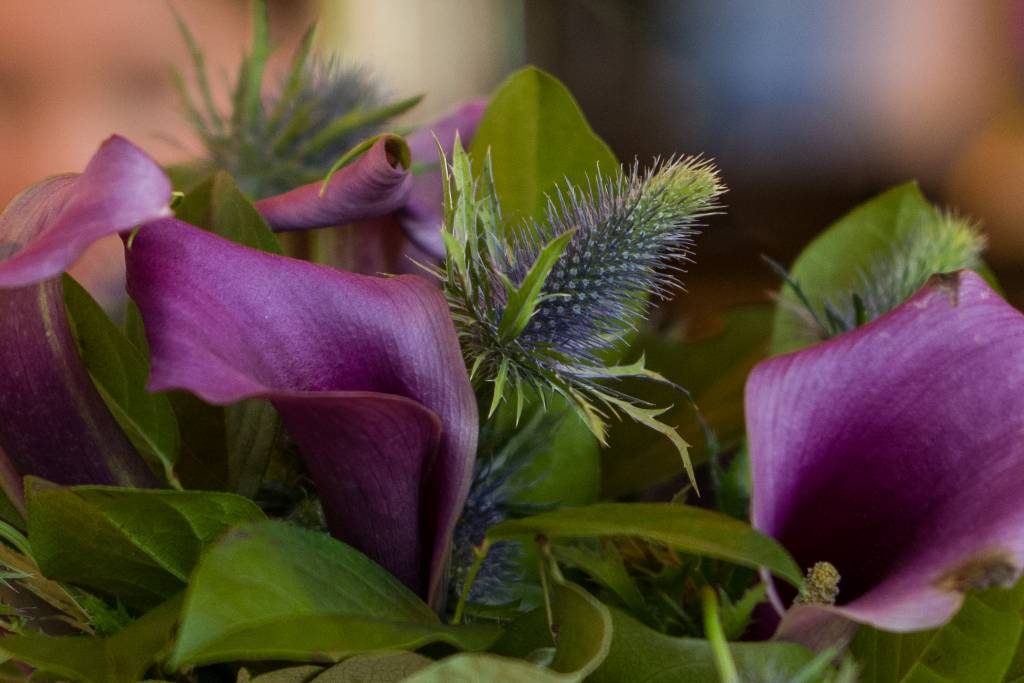
I’m at a point where l’m seriously considering having a Leica SL2 so that l can use my S 007 lenses with the S to L adapter. The IBIS and the extra resolution of 47 meg and the sweet spot of the S lenses should make the new SL2 worth having. It would also be good if Leica could put IBIS into the S3. Yes, I think Leica have got this new camera just right and it looks good too.
I agree. WE have another SL2 test on the stocks, by German pro photographer Thomas Berger. He compares the SL2 with results from medium-format and, while he says it is 90% there it is not quite a complete replacement. But, he says, for most people, it is good enough. You will be interested to read this when it appears in the next few days.
Mike, great article thank you. Are you able to post the full size JPG/DNG files for review? Especially the croissant shot? Would be much appreciated – Thanks
Thanks for your kind comment.
I can’t post such large files on the blog. I’d you send me your email address to mike@macfilos.com I will wetransfer a couple of shots to you. I’m not sure if the camera was set to make jpg files but I will check. I used the RAW images.
Mike
Amazing how we are all dazzled by the new. For the last couple of years everyone has been saying how the SL would be perfect if only it was lighter, ( some even selling their SLs because of the weight) but now we are expected to “live with” a heavier one? Hmmm….
Personally I start to feel the weight of a camera body when it is more than 650g. Wait! that was twenty-five years ago when I was young. So this will be an expensive buy..cost of camera plus Sherpa rental. Looks like a great camera though and they didn’t do too much of anything to spoil the design.
You are right, Steve, when you look at the spec on paper. But the SL2 feels lighter than the SL. Don’t ask, but it’s subjective and something to do with the better grip, the more rounded form and the new leather jacket. And having used and liked the Panasonic S1, which is 100g heavier than the SL2, I now understand that if you want this sort of quality and the lenses that go with it, weight has to be accepted. That said, the Q2 with its brilliant lens is the obvious choice if you are happy working between, say, 28mm and 45mm.
All good points Mike. In the end it will probably be that viewfinder and versatility that makes me pull out my wallet. I don’t need all those pixels but if I can still get 20MP with TL lenses and smaller files, it could work for me.
It looks like a great addition to our L-mount options. I am somewhat pessimistic on the m-glass compatibility. However, I hope to be pleasantly surprised as I need more than M cameras to fully enjoy my m glass.
Hi There Brian
I don’t think you need worry about M glass compatibility – something I missed from my review is how they’ve fixed the zoom in with M lenses (move the point with the joystick, zoom in at the point). . . and of course the image stabilisation helps too.
Best
Jono
Well Mike – I think you did that very nicely – you must be just as exhausted as I am. Anyway – great rundown, and whatever Bill might say I think that both Barnack and Berek would be pleased with the camera and the technology.
Jonathan, I am not at all sure that Barnack and Berek would be at all impressed with a camera that weighs just under one kg without a lens. The whole Leica story started with a miniature camera which was light enough to be carried hiking in the mountains. You could not go hiking in the mountains with an SL2 unless you were accompanied by a sherpa.
On a bushwalk my Q feels like a brick after an hour or so.
Modern cameras seem to be like modern cars-each new model seems to be bigger, more complex and heavier than the model it replaced.
I think it’s a question of horses for courses, John. The SL2 occupies a market segment that doesn’t appeal to everyone. I also agree that carrying around at least 1/3KG of a camera is a pain in the ass and much prefer a smaller but proficient body. But I know many people who love the SL and don’t find it too heavy in relation to what it offers.
I suspect they use it for when it is necessary and probably have other stuff to play with at other times. For events such as sport or weddings, the SL2 will be a great tool.
I think it is a real professional camera, although that term has been diluted so much that it means very little these days. You have to choose your own horse, John, and everyone respects that. But you have to let others disagree.
That’s a fair point, Nick. I have had mixed views on the SL. I bought it and sold it twice. In the first instance, I sold because it was too heavy. Second time around I sold it at the top of the market because I suspected there would be an SL2 within the year. It was a sensible decision, as it happened, since it’s about the only camera (other than the original Q) that I sold at a profit. I’ve tried (and like) the Panasonic S1. Although it is some 200g HEAVIER than the SL, I found it easier to handle and, subjectively, it didn’t actually feel heavier. The SL2 seems to address my main areas of concern and it feels much more like the Panasonics. I agree a camera such as the SL2 isn’t for everyone, but I do believe Leica has its fingers on the pulse and is making the right moves in a very difficult overall market.
Hi John
I’m 67 and a 10 stone skinny weakling .. and I haven’t been to a gym since I left school . but I’ve just spent 3 weeks hiking in the mountains with an SL2 without a problem. I mostly only took 1 lens, but that’s not a problem.
Best
Jono
Jonathan if you can manage that, you are no weakling! Even my Leica M kit feels heavy for serious hiking especially in humid conditions.You are also carrying kit and water ( I hope ) in the mountains. I actually sometimes have had to weigh my camera gear due to weight limits before taking flights on small aircraft to remote islands. having said that, I am sorely tempted by the SL2 just for the viewfinder alone since I love my M lenses and would use it with those and possibly TL lenses for AF duty. The non-rational part of me likes it because it just because it reminds me of an R3 and emits deadly waves of nostalgia. Showing my age now.
Thanks, Jonathan. Yesterday was certainly a struggle. At one stage I felt I was actually working again. Thanks for your excellent overview of the SL2 on long term test. I’m looking forward to getting my hands on one just to see how it goes. Mike
Back on sardines and porridge until I can afford to buy an SL2 … and a new iMac
The SL2’s IBIS will likely result in a further premium being added to certain Leica R lenses
dunk
Dunk, I really do think they’ve got this one right. It seems to address all my criticisms of the SL (except weight which, I now suspect, we have to live with. It isn’t an everyday camera — for that, I prefer the Q2, the M10 or the CL — but for specific purposes and especially for events (weddings, as Jonathan says also) it is a winner. It sort of puts the much-maligned “pro” back into professional. And, as you say, it will encourage the use of M and R lenses, even though this may bump up prices. I know you have been a big fan of the SL; it’s been in your hands every time I’ve met you over the last three or four years. And I don’t think the SL2 will disappoint. At yesterday’s breakfast, I was fixed to my chair so couldn’t avoid the cake stand. But when I looked through that 50mm Summilux-SL and pressed the shutter button on the SL2 I was instantly drawn in as the croissant loomed into focus and that wonderful bokeh surrounded the cake stand. The focus was quick, too, which wasn’t the case with that lens when it was originally introduced. While the croissant was delicious, it was the camera and lens that set the taste buds tingling. Mike
I never knew I psychic.
What was it I ridiculed this morning about the Panasonic announcements? “This PR drivel has almost reached the heights of “lovingly assembled” and “using actual glass for improved transmission”.
And now Leica announces “..constant alignment of the all-glass lens elements on the optical axis”.
Wow.. “..all-glass lens elements..” ..I’m suitably impressed. Oh, and the “all-glass lens elements” are properly aligned as well! That must be a first for photographic lens manufacturers.
I do think they use a special version of Grammarly: Flummery.
Nice one. Barnack and Berek must be spinning with constant alignment in their graves.
William
Mike, what an impressive and thoroughly researched introduction to the SL2. It’s the best I’ve seen on any camera at launch and the opinion, rather than just parroting the press release, is very useful. I look forward to reading your impressions when you have had a chance to use the camera. Thanks again, Nick
Thanks, Nick. Must admit I’m a bit punchdrunk, especially after the glass of bubbly at breakfast. I do really like this camera and think Leica has made all the right moves. Let’s see how it sells….
Mike